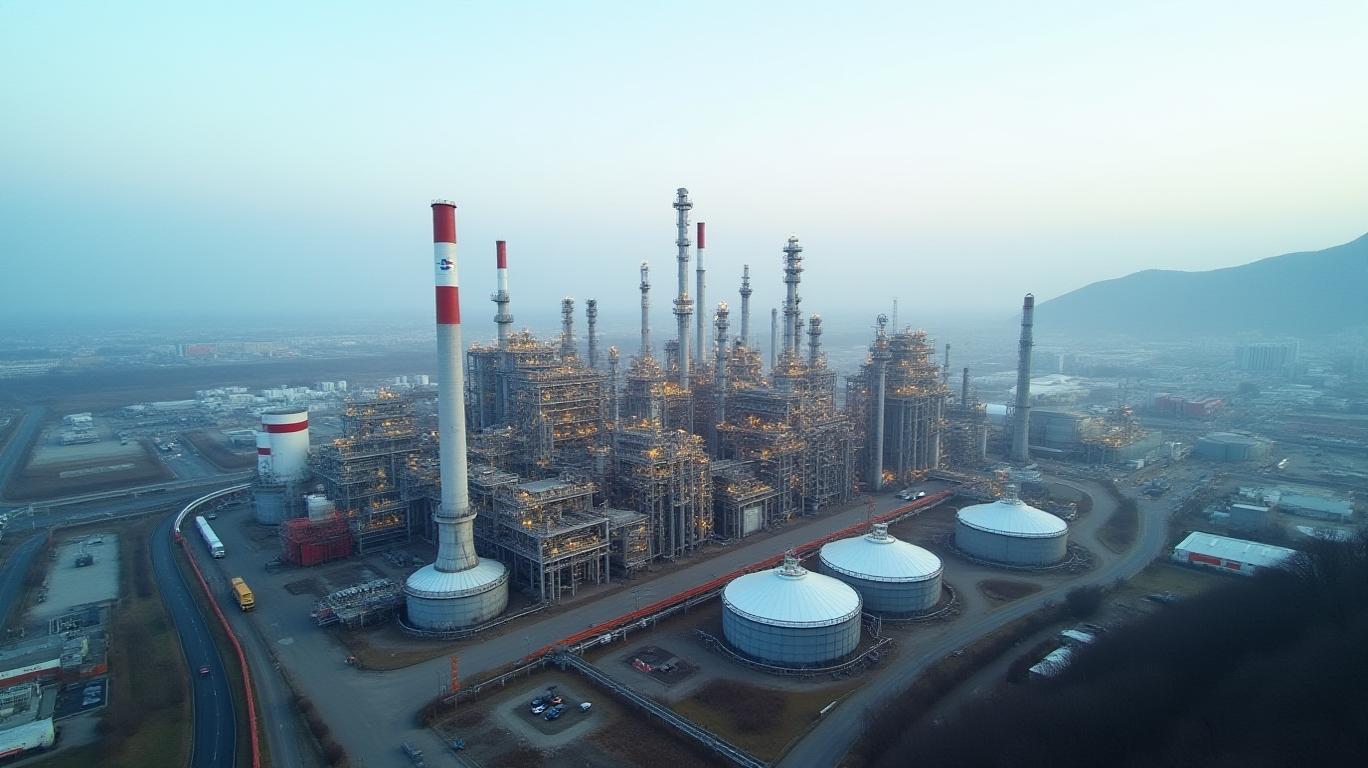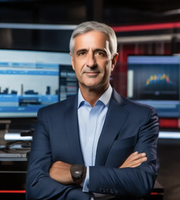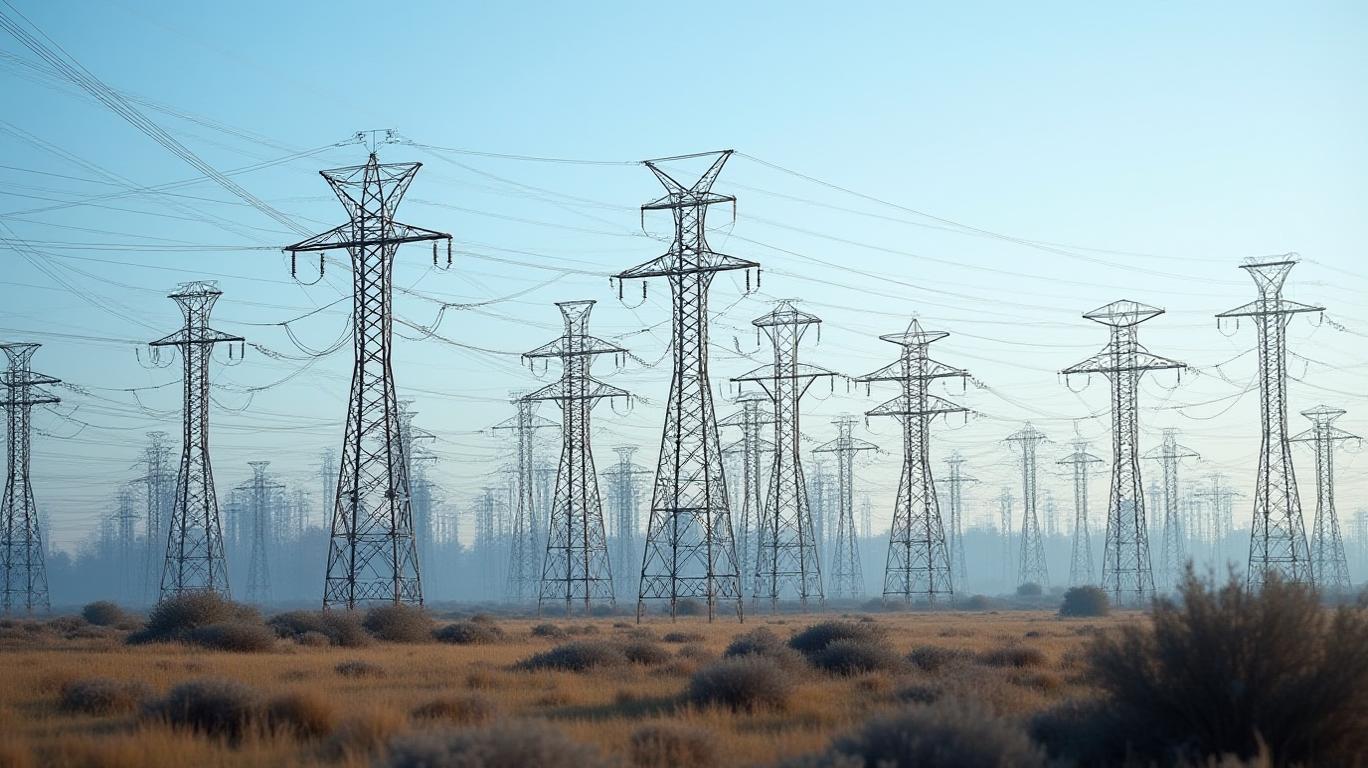Repsol’s Resilient Dividend Strategy Amid Market Volatility: A Test of Financial Discipline
The energy sector faces persistent headwinds, from fluctuating oil prices to shifting regulatory landscapes and the transition to renewables. Yet Repsol has emerged as a rare example of a company that is not only maintaining but increasing shareholder payouts even as profitability declines. Its Q1 2025 results, while showing a sharp drop in net profit, underscore a deliberate strategy to prioritize cash flow management and disciplined capital allocation—a move that could position the Spanish energy giant as a standout in an uncertain environment.
Repsol’s decision to reaffirm its dividend policy and proceed with a share buyback program, despite a 48% year-on-year decline in adjusted net profit to €651 million, reflects its confidence in cash flow generation. The company’s focus on operational cash generation—€1.1 billion in Q1, rising to €1.6 billion excluding working capital effects—provides a critical buffer. This resilience is further bolstered by planned divestments, expected to generate approximately €700 million in cash, and a gearing ratio (16.9%) that remains within target ranges even as net debt rose to €5.83 billion.

The dividend increase to €0.975 per share for 2025—up 8.3% from 2024—stands out. Management’s commitment to maintaining payouts even under a “stressed scenario” (Brent crude at $65/barrel and refining margins at $4/barrel) signals an unusual level of financial conservatism for an energy firm. This contrasts with peers that often cut dividends when oil prices dip. Repsol’s buyback program, targeting €350 million before July 2025, adds to shareholder returns while signaling confidence in its stock’s valuation.
The interplay between Repsol’s results and broader market dynamics is instructive. While its net profit fell due to lower oil prices and refining margins, the company’s ability to maintain cash flow—driven by cost discipline and portfolio optimization—suggests it is better insulated from short-term commodity swings. The proposed 2026 dividend of €0.50 per share, pending shareholder approval, further highlights management’s long-term orientation.
However, the path forward is fraught with risks. A prolonged decline in oil prices or refining margins could strain Repsol’s balance sheet, despite its current liquidity. The company’s net debt has increased, and its gearing ratio, while manageable, leaves less room for error. Investors must weigh this against Repsol’s strategic focus: allocating 20% of capital expenditures to renewables and low-carbon projects while maintaining upstream production growth.
Repsol’s approach offers a blueprint for energy firms navigating the transition to cleaner energy. By prioritizing cash flow stability and shareholder returns while investing in the future, it avoids the pitfalls of over-leveraging or under-investing. The company’s stressed-scenario modeling—showing it can sustain payouts even if Brent crude drops to $65/barrel—adds credibility to its claims of resilience.
Conclusion
Repsol’s Q1 results and shareholder payout decisions reveal a company that is both pragmatic and ambitious. With cash flow from operations at €1.6 billion (excluding working capital effects), dividend coverage remains comfortably within its 30-35% target, even in adverse conditions. The planned €700 million from divestments and a gearing ratio under 20% provide further reassurance. While risks persist, Repsol’s financial discipline and focus on portfolio optimization make it a compelling choice for income-oriented investors. In a sector where stability is increasingly rare, Repsol’s ability to deliver growth in dividends and buybacks while investing in the energy transition positions it as a leader—worthy of attention in turbulent markets.
This analysis underscores Repsol’s unique blend of financial prudence and strategic vision. For investors, its results signal that even in an era of volatility, companies that master cash flow management and balance returns with reinvestment can thrive.










